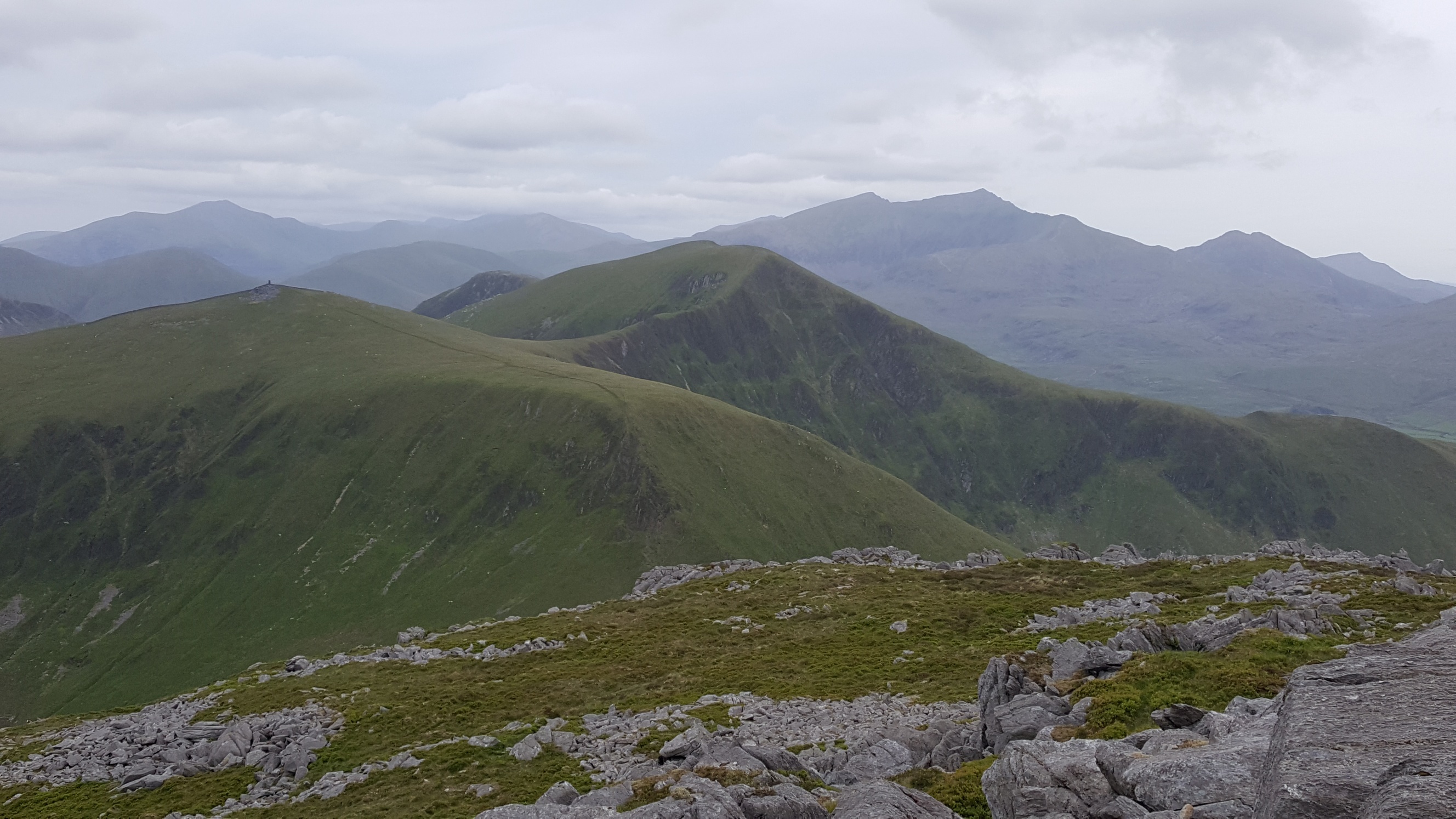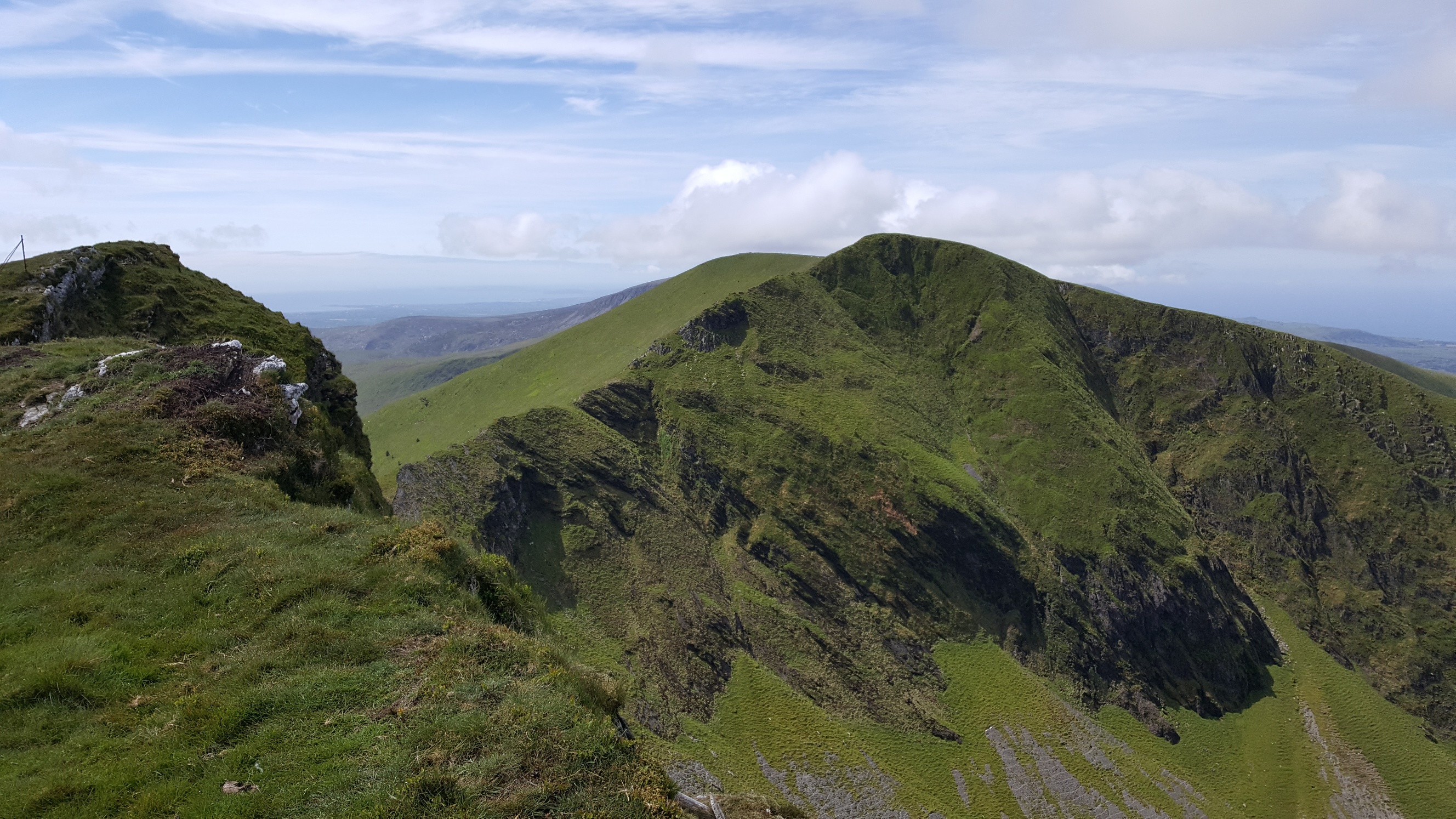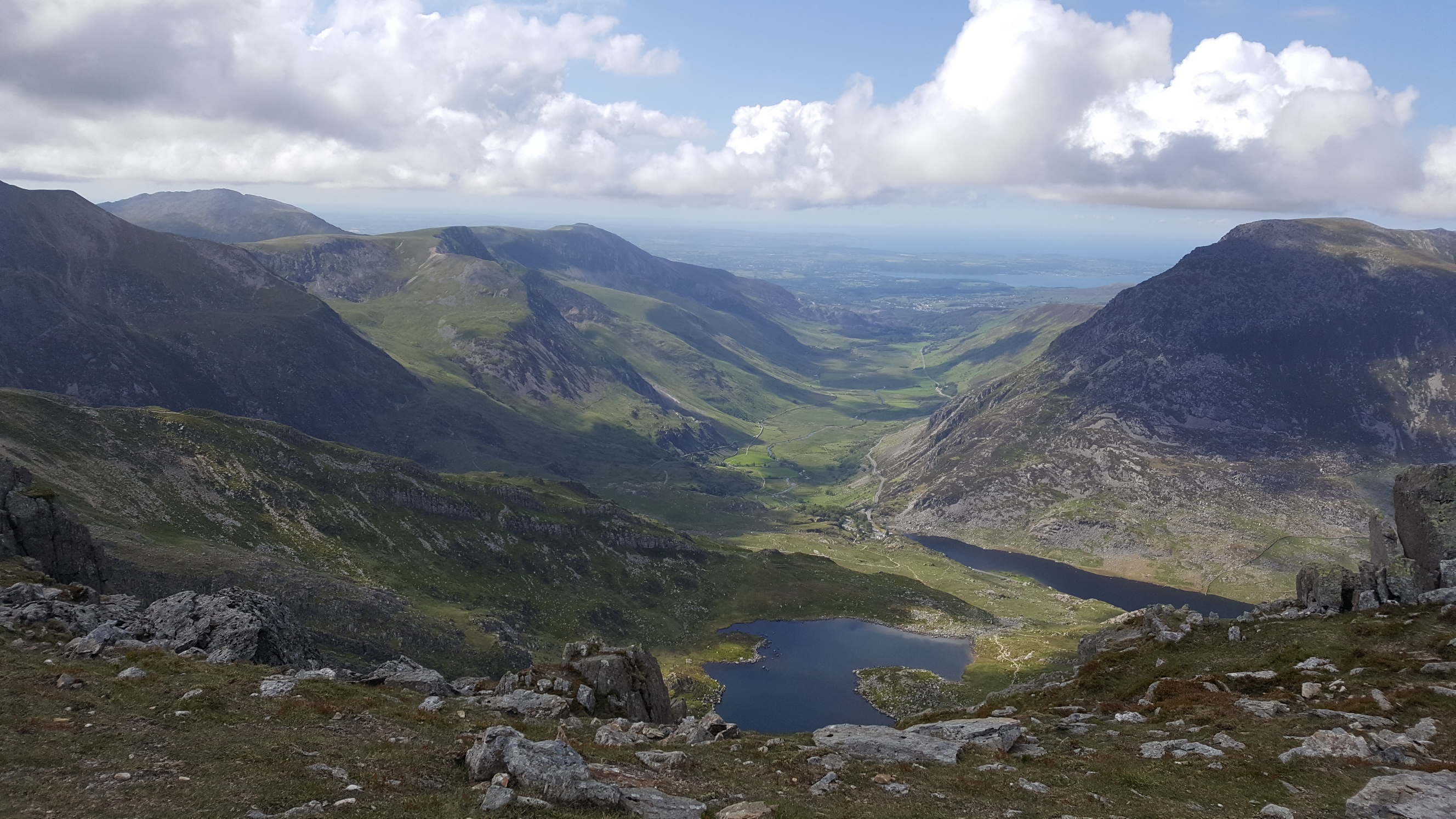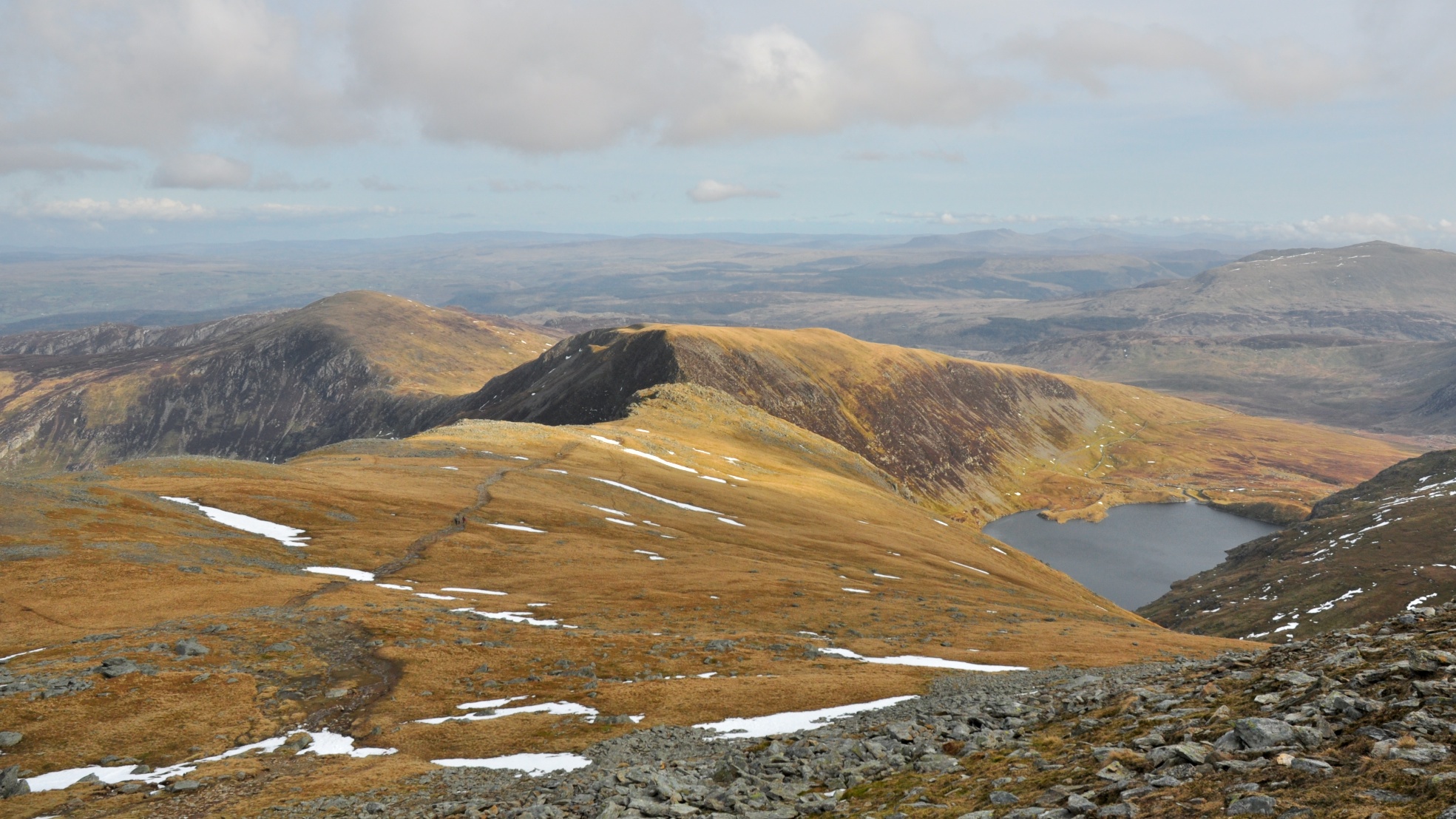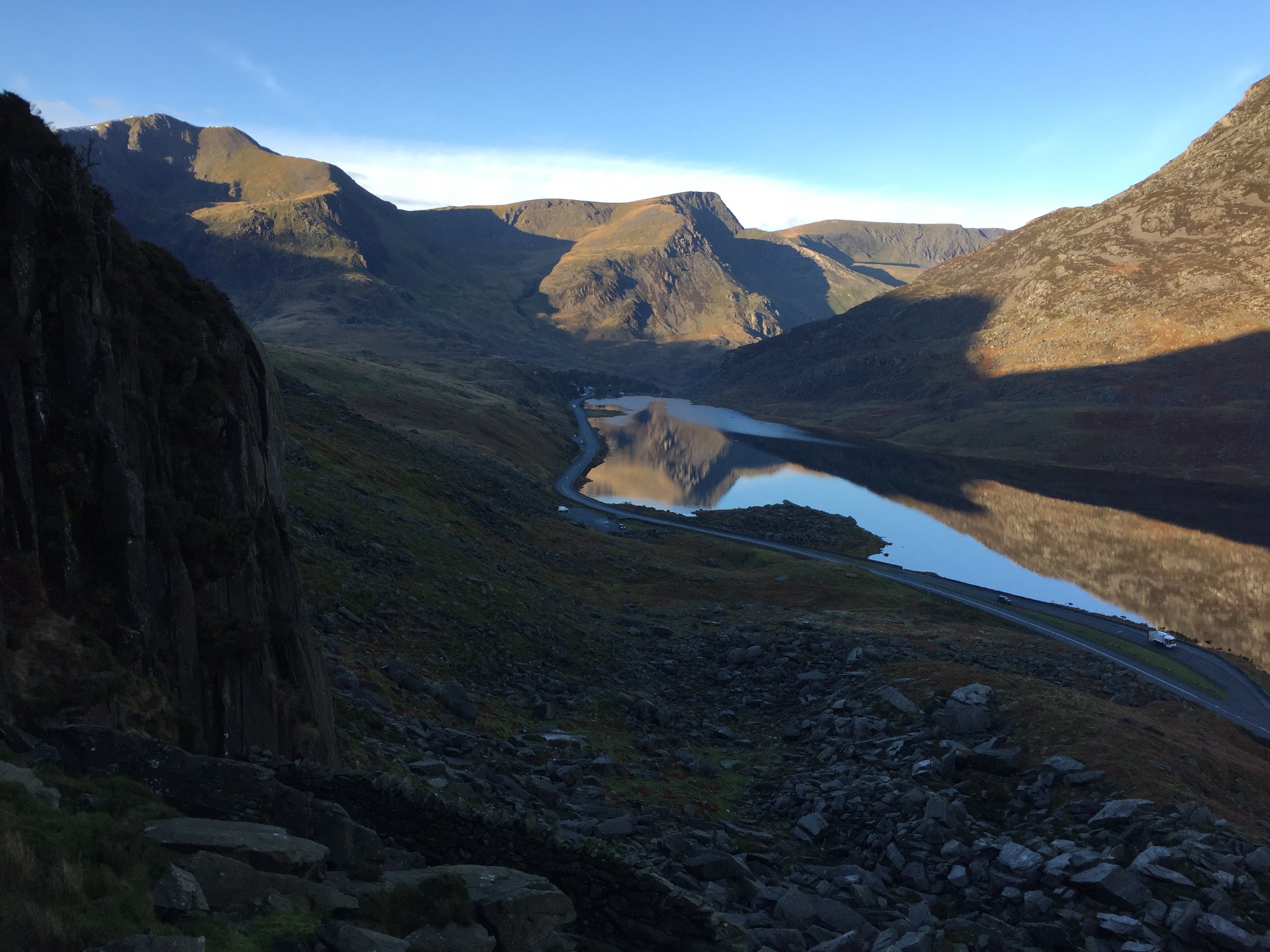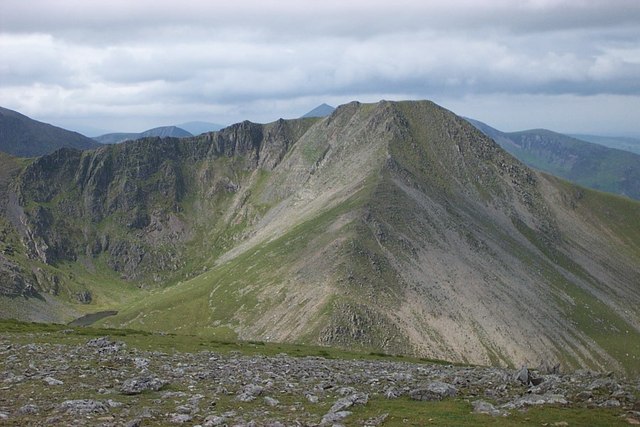Snowdonia
Key information: Snowdonia 
- Extraordinary beauty, drama and interest experienced from high and often thrillingly sharp ridges and summits which tower over glacier-carved cirques and cliffs, often nestling perfect little lakes at their feet, with deep valleys far below. A world of grass and rock. It is amazing what majesty can reside in what are by world standards small mountains.
- Some of Britain's very finest walking.
Walkopedia rating
(Top 100)
- Walkopedia rating89
- Beauty33
- Natural interest16
- Human interest7
- Charisma33
- Negative points0
- Total rating89
Vital Statistics
- Length: Your choice
- Maximum Altitude: 1,085m
- Level of Difficulty: Variable
WALK SUMMARY
Where to start with describing Snowdonia? How about extraordinary beauty, drama and interest, experienced from high and often thrillingly sharp ridges and summits which tower over glacier-carved cirques and cliffs, often nestling perfect little lakes at their feet, with deep valleys far below. Snowdonia is treeless above the valley bottoms, so you will be in a world of grass and rock. It is amazing what majesty can reside in what are by world standards small mountains. This all makes for some of Britain's and indeed the world's very finest walking.
While Snowdonia experiences a lot of rain and cloud, so you need to pick your days and be a bit Buddhist and flexible about the weather and what to do on each day, on a good day the views are truly sublime. Be ready to explore the beaches of Anglesey or the hillsides of the Lleyn Peninsula on thick-cloud days.
'Main', ie northern, Snowdonia seems complex at first glance, but is actually easily separated into distinct groups as a result of the deep valleys that divide them. Each has a different character and rewards visitors with varying marvels.
A special feature is the concentration of thrilling but sometimes deadly sharp ridge walks you can make, including Tryfan infamous Crib Goch.
You will seldom be alone on the main summits, and Mount Snowdon in particular will likely disappoint with its crowds of unsuitably shod visitors from the - gasp - train, but you can get away if lonely wandering is your cloud.
The geology is intriguing, with a mix of volcanic rocks which form the highest groups and sedimentaries (resulting in centuries of slate mining) around them. The wildlife and vegetation is rich despite the harshness of the landscape.
Snowdonia is quite hard to explain – we work out from the Snowdon massif at the heart.
The heart: Mount Snowdon and neighbours
This complex but majestic mountain sits at the heart of high Snowdonia, promising spectacular view and atmosphere galore, despite the railway, café and crowds at the summit: the mountain’s beautiful lake-sprinkled bowls, glaciated valleys and rugged peaks and ridges fascinate walkers and climbers alike. Steeped in history, geological significance and folklore, Snowdon or Yr Wyddfa is the UK’s highest mountain south of the Scottish Highlands and would be one of the more beguiling mountains in the world, but for the depressing tourism at its top. Snowdon’s starfish form affords an intriguing variety of routes to the summit, each with its own unique allure and varying degrees of difficulty. The main routes are:
The Miners’/ Pyg Tracks: these most-used tracks approach from Pen-y-pass to the east. They both offer well-constructed if heavily used paths to the summit. A classic way to climb Snowdon is to combine these routes.
Crib Goch: this notorious knife-edge ridge looms above the great bowl east of Snowdon. It is a demanding, ultra-exposed scramble rather than a walk. Do not even think of it unless you have a very good head for heights, and are an experienced scrambler or are with an experienced guide. And never in poor or uncertain weather. The views are sensational in both directions, and it is staggeringly beautiful and exciting on the right day.
Watkin and Rhyd Ddu paths: these very different paths both approach from the south. Most people walk both these paths as a circuit, ascending the Watkins Path and descending Rhyd Ddu. The Watkins Path makes the long slog up the right-hand hillside of the beautiful bowl of upper Cwm Llan to the high shoulder between Snowdon and Lliwedd. Then it is the dreary slog up the infamous, horribly eroded southern scree slopes, to rejoin the Rhyd Ddu path just below the summit. The Rhyd Ddu path is a really glorious climb/descent, following the marvellous south ridge.
Y Lliwedd: This wonderfully inspiring serrated fin of rock to the south-east of Snowdon itself soars above the magnificent cirque below the Snowdon summit pyramid. It looks extremely exposed from various angles, but is actually a normal walk plus some simple scrambling on the boulders and little ledges from the northern Snowdon side. Lliwedd is climbed in conjunction with Snowdon by the great majority. The main approach routes are from the Miners’ Track and from the southern shoulder of Snowdon, from the Watkins Path.
The Horseshoe: This is the truly great walk here, although in its pure form truly extreme, too. Starting at Pen-y-pass, set out on the northward/upper Pyg Track, then turn north to join the fearsome Crib Goch ridge – although, if you are (relatively) chicken like Walkopedia, you carry on up the Pyg or Miner’s tracks to the summit. (We call this the Reasonable Horseshoe.) You then make the tedious, steep descent down the Watkins Path to the shoulder where it turns downhill below the sharp ridge of beautiful Y Lliwedd. You turn left to climb to Y Lliwedd’s double summited, dramatic high ridge. Thence you carry on north-east to drop back to the Miner’s Track and head back to a grateful finish at Pen-y-pass. Amazing.
Yr Aran: this shapely pyramidal minor peak sits semi-detached at the southern end of the ridge which lovely Rhyd Ddu Path follows up to Snowdon. It could easily be added as an extension to that climb, but it is a worthwhile summit in its own right with an excellent view up to Snowdon’s southern face.
See more detail on our Snowdon page.
North: the Carneddau
Much of the northern Carneddau group has a decidedly different feel from Snowdonia’s high central mountains: grassy, rounded, big hills rather than mountains. But then you meet the vast cliffs and corries and their heart and southern end, and discover some of Snowdonia’s finest walking – and they are generally emptier too. The Carneddau have nearly as many 3,000-footers as the rest of Snowdonia combined. The southern heart of the Carneddau is a series of interconnected ridges, with gaping cwms scooped and ground into their sides. They enable a variety of high-level ridge-tours to be made, picking off several peaks in one long walk. The great walks here all climb into this same tremendous high group.
West
The Nantlle Ridge is a stunner, a long (13km), wonderful, view-laden, high, winding ridge in the west of high Snowdonia which is famed as one of Wales' finest walks. One of its joys is the variety of its landscapes: an airy sharp ridge with occasional teeters and easy scrambles; then exchanging rock for luxurious grassy slopes; then back to tough Cairngorm-like high rocky plateaux, then a lake and sea-viewing descent. The views just get better as you climb to the central summits.
Mynyedd Mawr: this clunking 698m peak to the north, across a deep and pretty valley, from the Nantlle Ridge and West of Llyn Cwellyn in the Nant Y Betws valley. Huge all-round views. Various ways to climb it, but the best route is arguably from Rhyd-Ddu on the A4085 (10km, approaching 4hrs).
The Moel Hebog and Moel Lefn ridge further south is also excellent walking. Best approached from the west.
East
The Glyderau, a long and convoluted east-west curving ridge of rough mountains and tremendous cliffs, looms between the Llanberis and Nant Ffrancon/valleys, at the heart of Snowdonia and one of its key massifs, gazing sternly south-west towards the Snowdon massif and north towards the Carneddau. Spectacular corries and cliffs and beautiful views across the Nant Ffrancon/valley to the east, but mining-scarred to the north-west.
That thrilling rocky fin Tryfan is a superlative north-eastern outlier, and one of Snowdonia’s finest walks.
Just south of the A5 and east of the Glyderau is Moel Siabod, a beautiful, rocky 872m ridge-hill with superb views of high Snowdonia. 10km, 4.5hrs or so.
South: the National Park has gradually been extended southward over the years, with good reason as it sports a proud array of walking treasures, although spread over a wider area than the concentrated north. It can be broken into a number of groups.
The long line of hills that constitutes the Moelwyns can be approached from various directions. But the village of Croesor in the south-west (due south of the Snowdon group) is base for the finest walks, around the deep and steep Cwm Croesor valley. To the north is the fine ridge-and-pyramid on Cnicht. To its east are the rounder-looking but still rocky and exciting Moelwyns, Fawr and Bach. They can be joined with Cnicht to make a long but thrilling circuit.
The Rhinogs are further south and out to the west, in from the sea between Harlech and Barmouth. They are heathery and famously rugged, but made for some marvellous, view-laden, relatively less frequented walking.
There are several superb hills around Bala. To the east of the A494 to Dolgellau are the impressive Arans, which top out at Aran Fawddy at 905m, so just missing the 3,000ft mark, but are essentially a superb 15km ridge, cliff, cwm and lake-lined, which you can traverse in 5hrs+. You can also make an excellent circuit of the hills and corries to the south of Aran Fawddy.
And then there are the lovely Mawddach estuary the hills around Dolgellau, including fabulous Cadair Idris to its south, one of Walkopedia's favourite British summits. Beautiful landscape all the way, with huge views, taking in the whole sweep of Cardigan bay on a good day. Varying vegetation zones as you climb. Rhobell Fawr to the north-east is a rough but lovely 705m mountain, with wide views of Snowdonia as a result of standing in relative isolation.
Prime northern selection: If it had only four days, Walkopedia would walk the Snowdon Horseshoe Tryfan/Glyderau, one of the high Carneddau walks and the sublime Nantlle Ridge.
This is demanding (and can be downright dangerous) walking in sheer mountains with uncertain weather. Unsettled Welsh weather often shrouds the high ground in moody mist. Come fully prepared, and consider whether tackling the summits is sensible in poor conditions.
Other accounts: share your experiences
Your comments on this walk, your experiences and suggestions, and your photos are very welcome. Where appropriate, you will be credited for your contribution.
We have a lot of helpful practical information and tips about this walk, covering everything from the best books and maps, to timing and weather, geting there, possible problems, whether you need a guide and where to find them, and useful websites. This section is only open to members.
Membership is FREE AND JOINING TAKES 30 SECONDS. To login or sign up click here
Safety and problems: All walks have inherent risks and potential problems, and many of the walks featured on this website involve significant risks, dangers and problems. Problems of any sort can arise on any walk. This website does not purport to identify any (or all) actual or potential risks, dangers and problems that may relate to any particular walk.
Any person who is considering undertaking this walk should do careful research and make their own assessment of the risks, dangers and possible problems involved. They should also go to “Important information” for further important information.
Anyone planning an expedition to this place should see further important information about this walk.
Safety and problems: All walks have inherent risks and potential problems, and many of the walks featured on this website involve significant risks, dangers and problems. Problems of any sort can arise on any walk. This website does not purport to identify any (or all) actual or potential risks, dangers and problems that may relate to any particular walk.
Any person who is considering undertaking this walk should do careful research and make their own assessment of the risks, dangers and possible problems involved. They should also go to “Important information” for further important information.
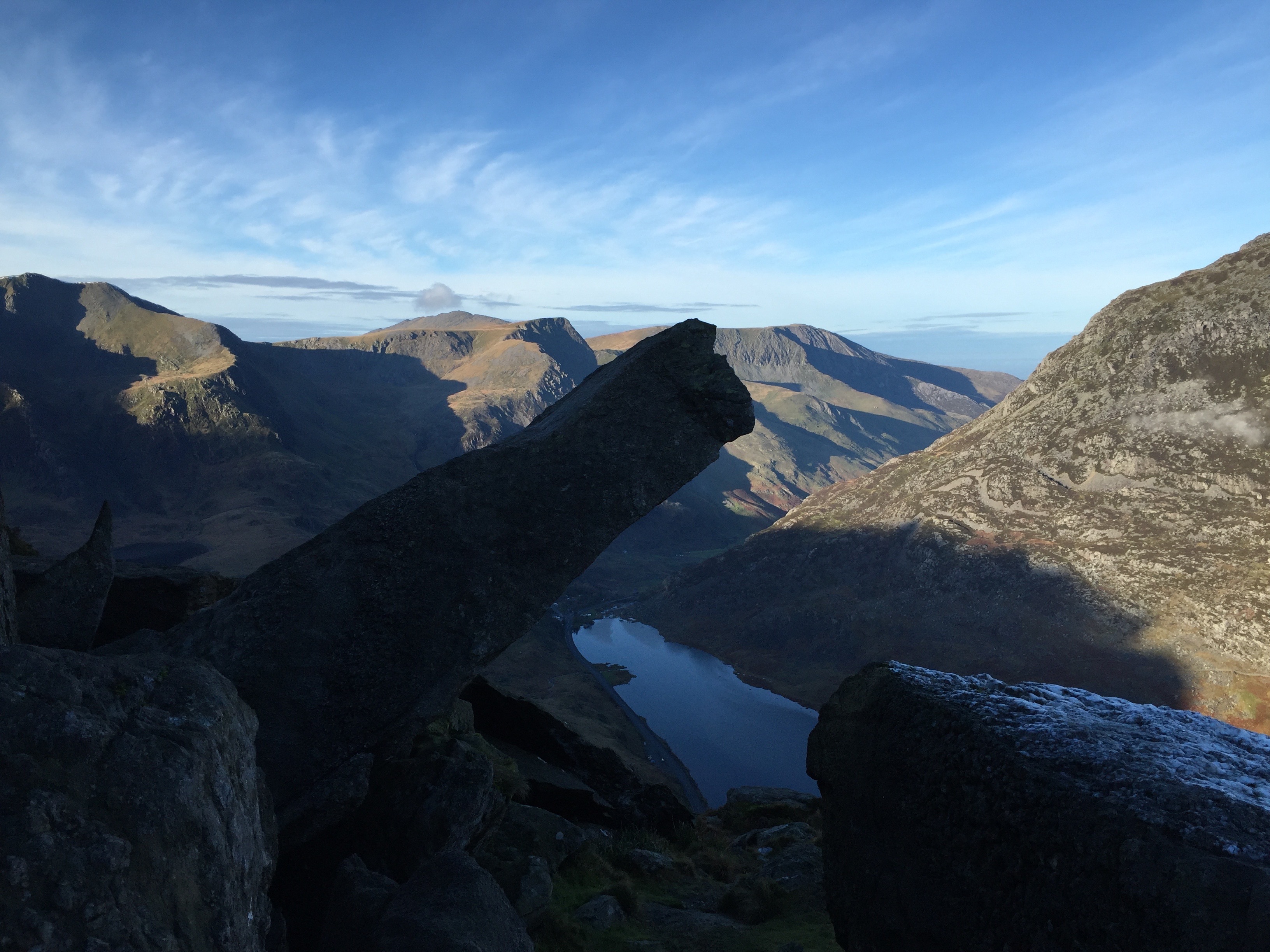
OTHER ACCOUNTS
share your experiences
Add your experiences, suggestions and photos. We would be delighted to receive your writing and ideas (which will be attributed appropriately where published).
Anyone planning an expedition to this place should see further important information about this walk.
Responsible travel matters, a lot. How you travel will make a real difference - for better or worse. PLEASE consider this when making plans. Read more


